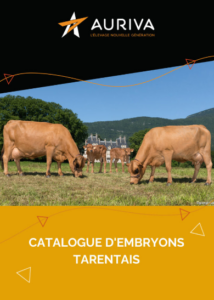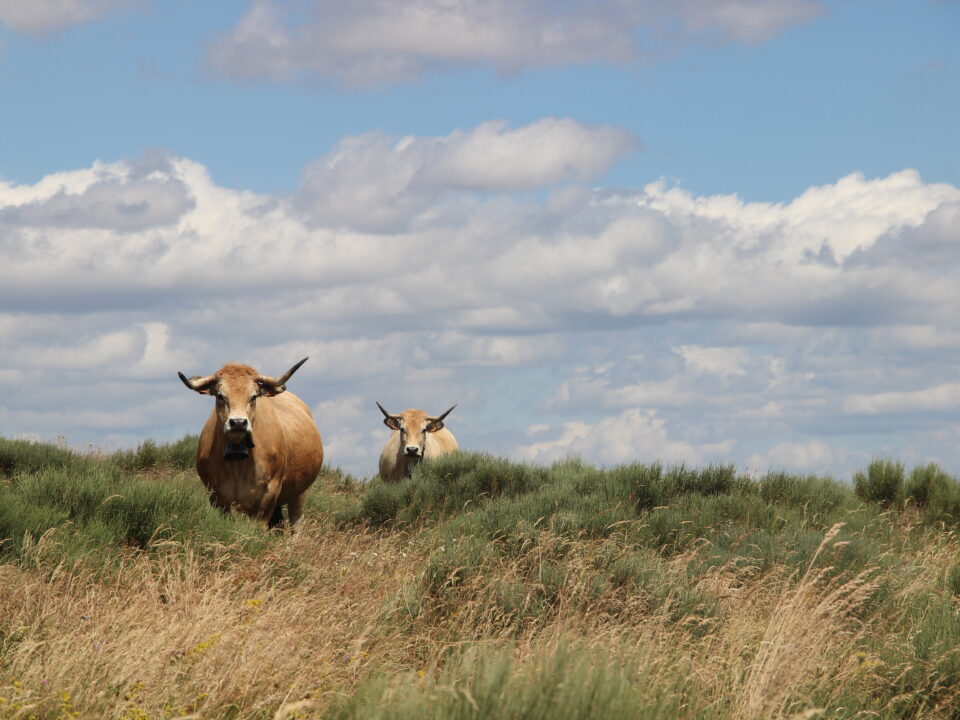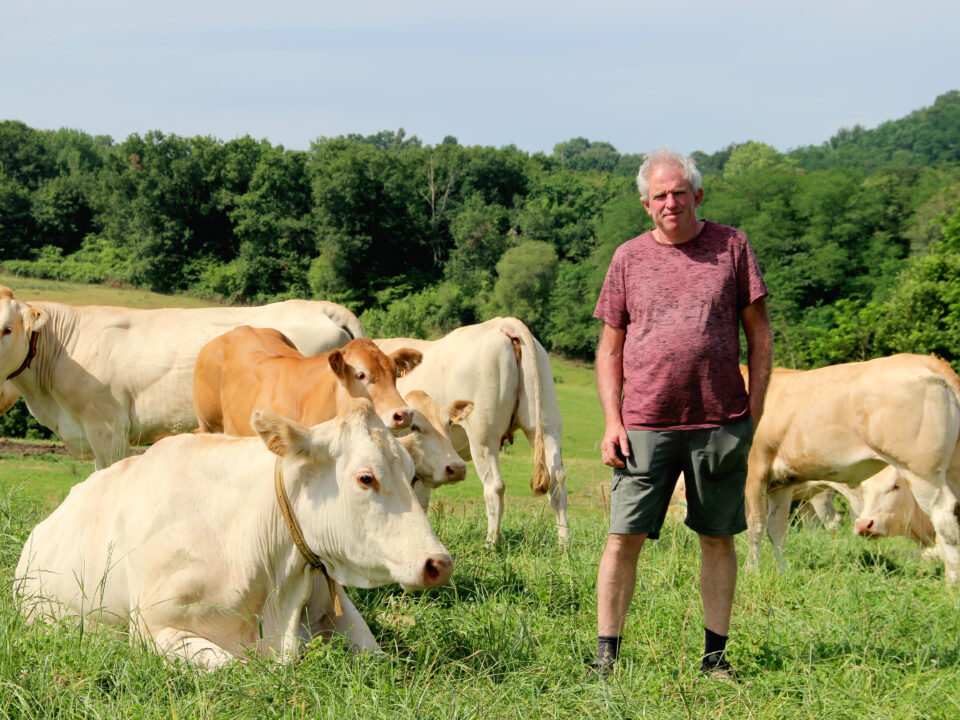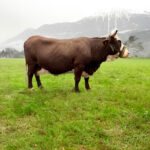
A JOLLY donor!
26 January 2024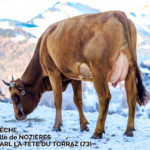
Controlling inbreeding, a major challenge for continued progress
20 February 2024Strategic and Genomic Visit: The 7-year milestone
Evolving to better support you
Genomics has been used in our breed for 7 years now. For farms that have been genotyping from the outset, and have thus contributed to the creation of the reference population, we can consider that most of the animals in their herd have been genotyped.
Until now, the Strategic Visit offered to CAP Tarentaise members focused on genotyping results for heifers divided into age groups: less than 1 year old, between 1 and 2 years old, and 2-3 years old.
This makes it possible to :
- review the response to the selection of objectives,
- analyze the distribution of heifers (on the Gauss curve) according to objectives,
- to observe intra-father ranks, as well as classification within the racial population.

Previously, files were edited once during the campaign, sometimes creating a time lag between the listings and the technicians’ visits, thus skewing the averages analyzed. and frustrations.
To enhance the relevance and quality of our strategic visits, we have redesigned our work tools. Thanks to the bridges between breeds made possible by the very identity of AURIVA, we were able to draw inspiration from a file developed by François Delavoet. Our colleague, a Montbéliarde breed technician for Eleveurs des Savoie, has been using an Excel-based tool for several years, enabling him to work with data updated every 15 days.
Inspired by this model, and adapting it to the specific characteristics of the Tarine breed, AURIVA and CAP Tarentaise have worked on a new visit format that allows the animals present to be updated in real time, so that current data can be analyzed.
This tool complements the genetic analysis you receive each year at the start of the mating schedule campaign.
The new version of the strategic visit :
- Genetic analysis,
- Analysis of the animal list and updating with the breeder’s help,
- Observation of changes in genetic levels by age group and by position: UIS, Production and Rate, Functional, Morphology.
- Identification of “Mères à Taureaux” females (MAT Vargen and mère à Taureaux reserves)
- Definition of selection objectives for the herd, using the new “Génération” planning software.
- Target mating type for each female: Sexed, Young Sires, Confirmed Sires, Embryo Transfer, Recipients, Selection Scheme,
- Presentation of the genetic offer.
2024
My segment
Analysis of females and targeting of selection type :

New format: comparison of UIS evolution by age group :
| Etiquettes de lignes | Nombres femelles | Moyenne ISU |
|---|---|---|
| 1 | 114,0 | |
| 7 lot + de 7 ans | 4 | 112,5 |
| 6 lot entre 5 et 7 ans | 8 | 116,9 |
| 5 lot entre 4 et 5 ans | 21 | 114,6 |
| 4 lot entre 3 et 4 ans | 12 | 120,2 |
| 3 lot entre 2 et 3 ans | 21 | 128,5 |
| 2 lot entre 1 et 2 ans | 20 | 124,6 |
| 1 lot -1 an | 31 | 125,1 |
| Total général | 118 | 122,2 |

Observation of the consistency of selection choices and prediction of selection response
Example of selection objectives: 50% MP (Protein Matter); 25% FV (Cow Fertility); 25% MA (Udder)
- Females targeted for Embryo Transfers and Sexed Seeds correspond to the selection objectives and will therefore favor offspring that meet these objectives.
- The majority of females targeted for Young Sires correspond to the main nucleus of the breeding program, also meeting selection objectives at a slightly lower level.
- At the same time, the females targeted in CR and RE are consistent, since they are the lowest in terms of selection criteria.
- The females targeted for the Selection Scheme meet both the breed’s Scheme requirements and the breeder’s selection criteria.

In the long term, we hope to further develop and perfect this tool, so as to present all genotyped females in the herd on the Gauss curve and with the ISEL score of the new “Génération” mating tool. These new features should be available next year.
LAST CAMPAIGN IN REVIEW
+
Around one hundred reserve Mères A Taureaux matings were carried out, targeting the best females by intra-sire rank, while respecting the minimum thresholds required to be a MAT.
This first “new formula” campaign marks the end of a trial year in which we were able to take note of comments and ideas for improvement. In the spring, we’ll be working to optimize our database and information input, so that we can continue to provide you with the best possible service.
Genetic creation is our core business, and we couldn’t work without committed breeders. So thank you all for your commitment, and thank you to all the teams who work with AURIVA to continually improve our products and services.

